Young visitors have time and space to play and discover in our Kids’ Research Laboratory. Whether digital, analog, natural or artificial – for children, the world is a single laboratory in which every moment can become an experiment and every path a journey of discovery.
How can children be introduced to new technologies? Our answer to this question was to create our own research laboratory just for children. With the Ars Electronica Kids’ Research Laboratory, a versatile playing field has been created that gives children time and space to play and discover our world, the digital as well as the analog, the natural as well as the artificial world. For children, the whole world is a laboratory in which experiments and research journeys are constantly taking place.
“Play is the highest form of research.”
Albert Einstein
Exhibits
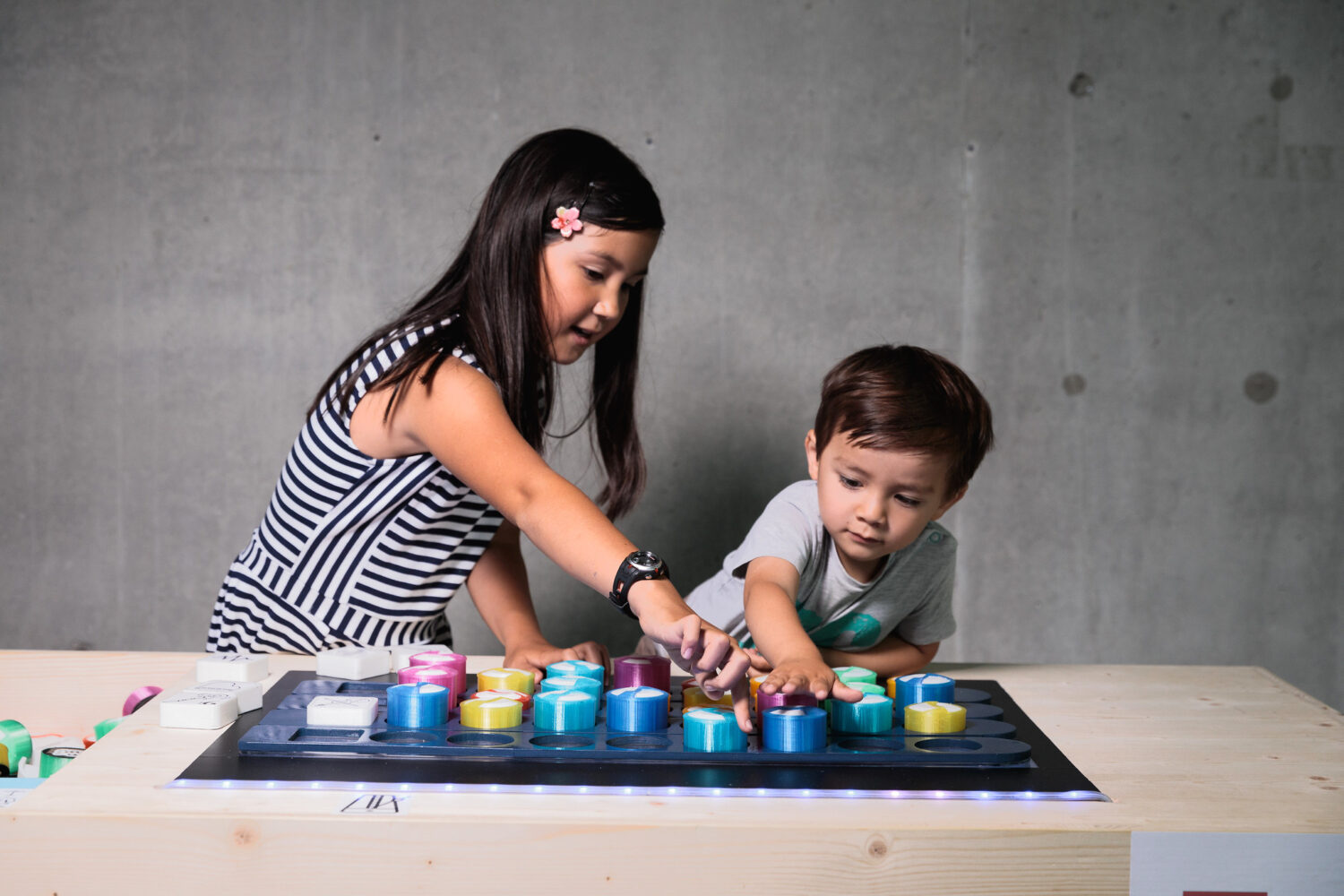
Trax—Intuitive Music Making
Comping
With Trax anyone can compose a piece of music in seconds. The Trax platform consists of tangible game-tracks, notes, and instruments. The game-tracks are physical representations of musical bars on which the users place musical instruments and notes that are played out in a loop. By playing with multiple tracks and players you can create a musical piece for a single instrument, a small band and even an orchestra.

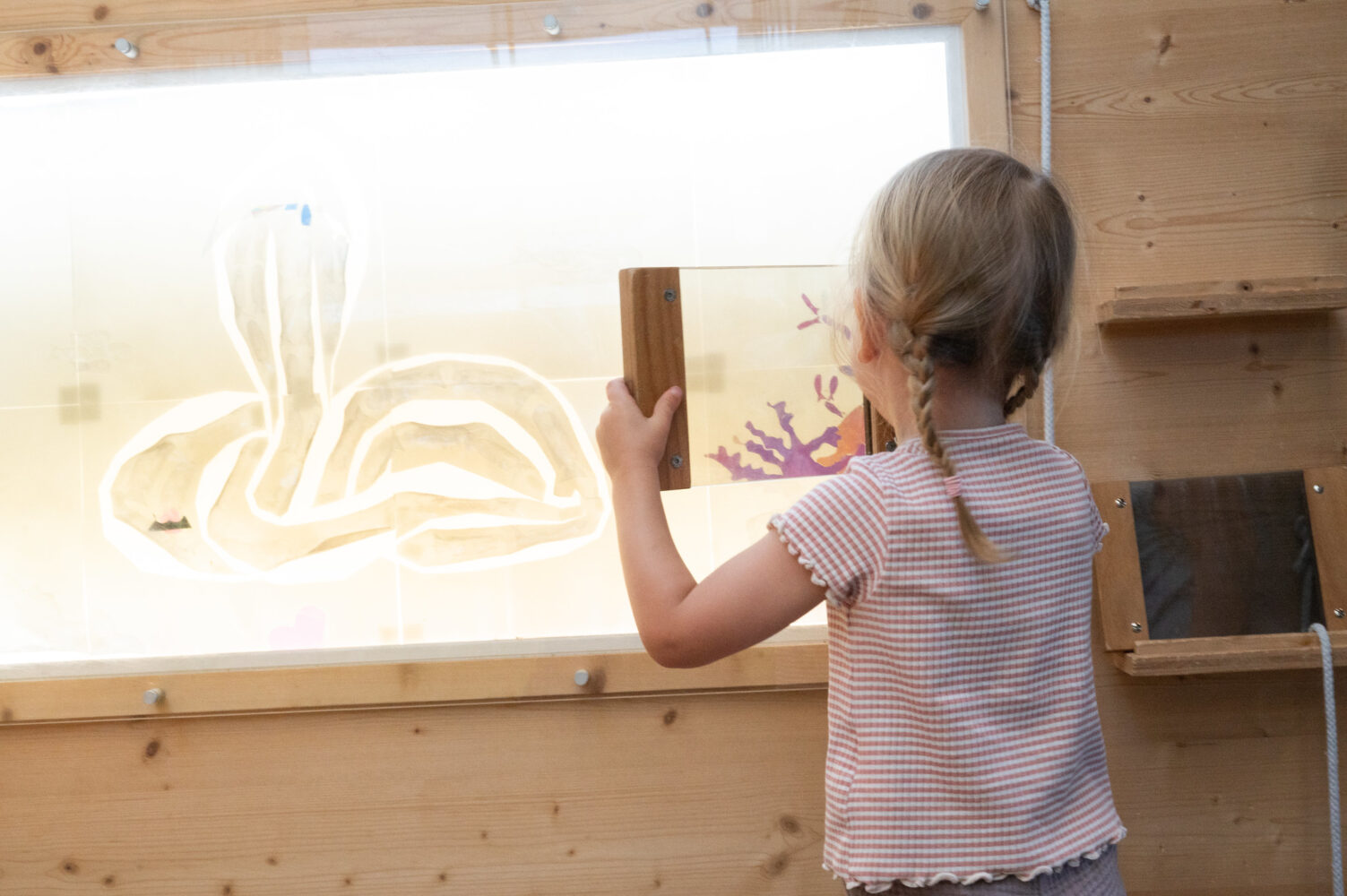
nonvisual-art
Lisa Buttinger
nonvisual-art awakens childlike curiosity and the spirit of research in all of us. On closer inspection, a picture that doesn’t seem to exist opens the view into another world. nonvisual art takes advantage of the physical phenomenon of light refraction: two polarization foils and cellophane foils arranged in different layers transform the apparent nothing’ into strong colors.
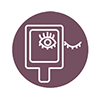

Robo Playground
This special playground is home to all kinds of robots—little all-rounders for playing, drawing, and making music. But its not just fun and play that take center stage here: at the Robo Playground, children can also explore the world of programming in a playful way.


Animaker
Resonai, OMAi
In this interactive installation, the lines between the virtual and physical worlds become blurred. There are no limits to creativity (even for adults): Lego can be used to create animals and other creatures that are “brought to life“ with the help of artificial intelligence in a virtual environment.
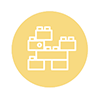

Augmented Reality Sandbox
Ars Electronica Futurelab
A sandbox as a research environment: digging holes and piling up heaps of sand is not only a lot of fun, it also offers a first taste of geoscientific work thanks to 3D visualizations. Topographical contour lines are formed by playing and digging around in the sand, creating elevation color maps or simulated water via 3D projections.
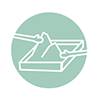
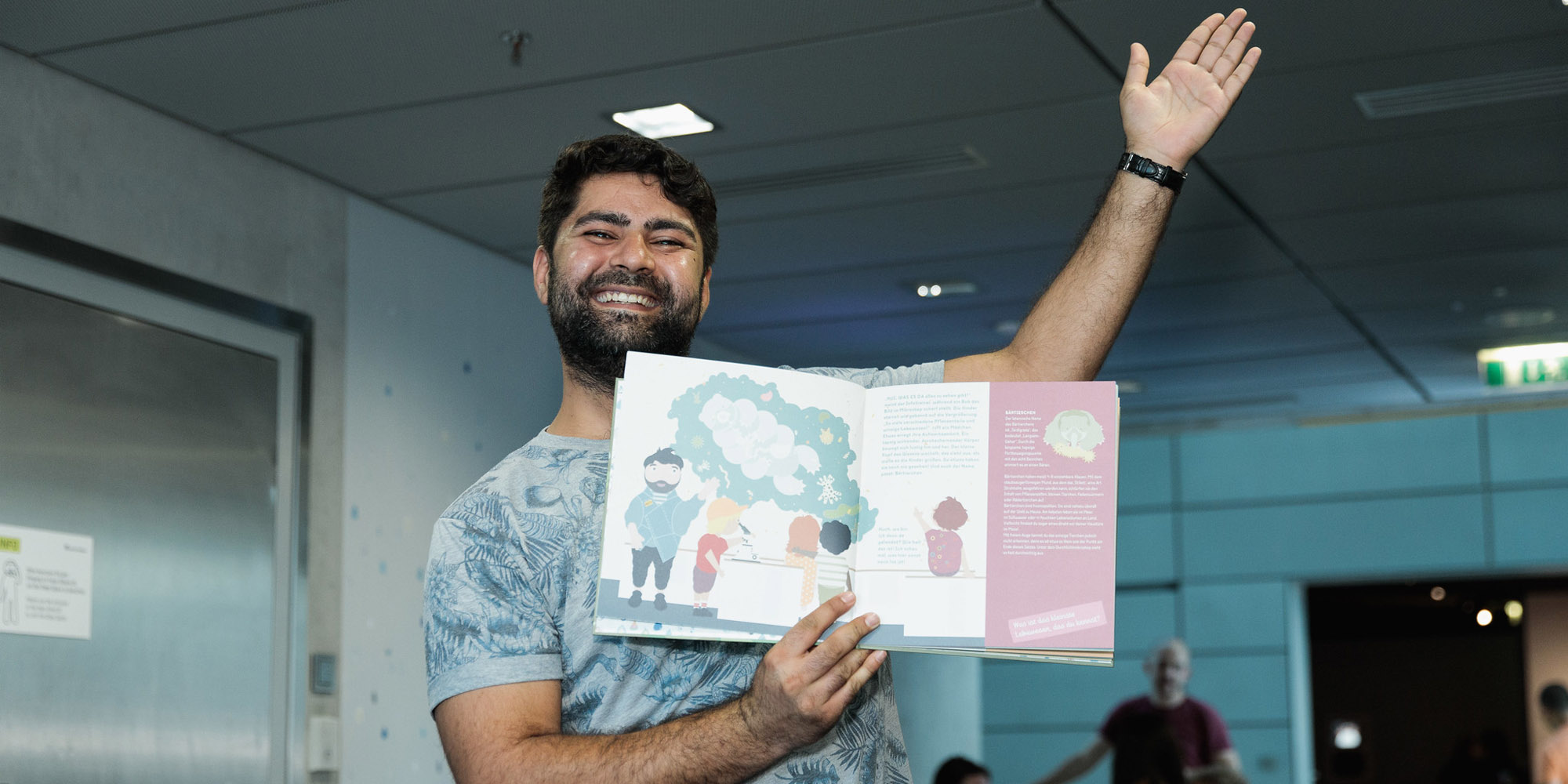
Tardi –
das Bärtierchen
Ars Electronica Futurelab
“Da ist Tardi — Ein Bärtierchen im Ars Electronica Center” is the children’s book written and designed by Ars Electronica infotrainers.The little tardigrade has already had so many fabulous and enlightening experiences on his journey through the Ars Electronica Center.

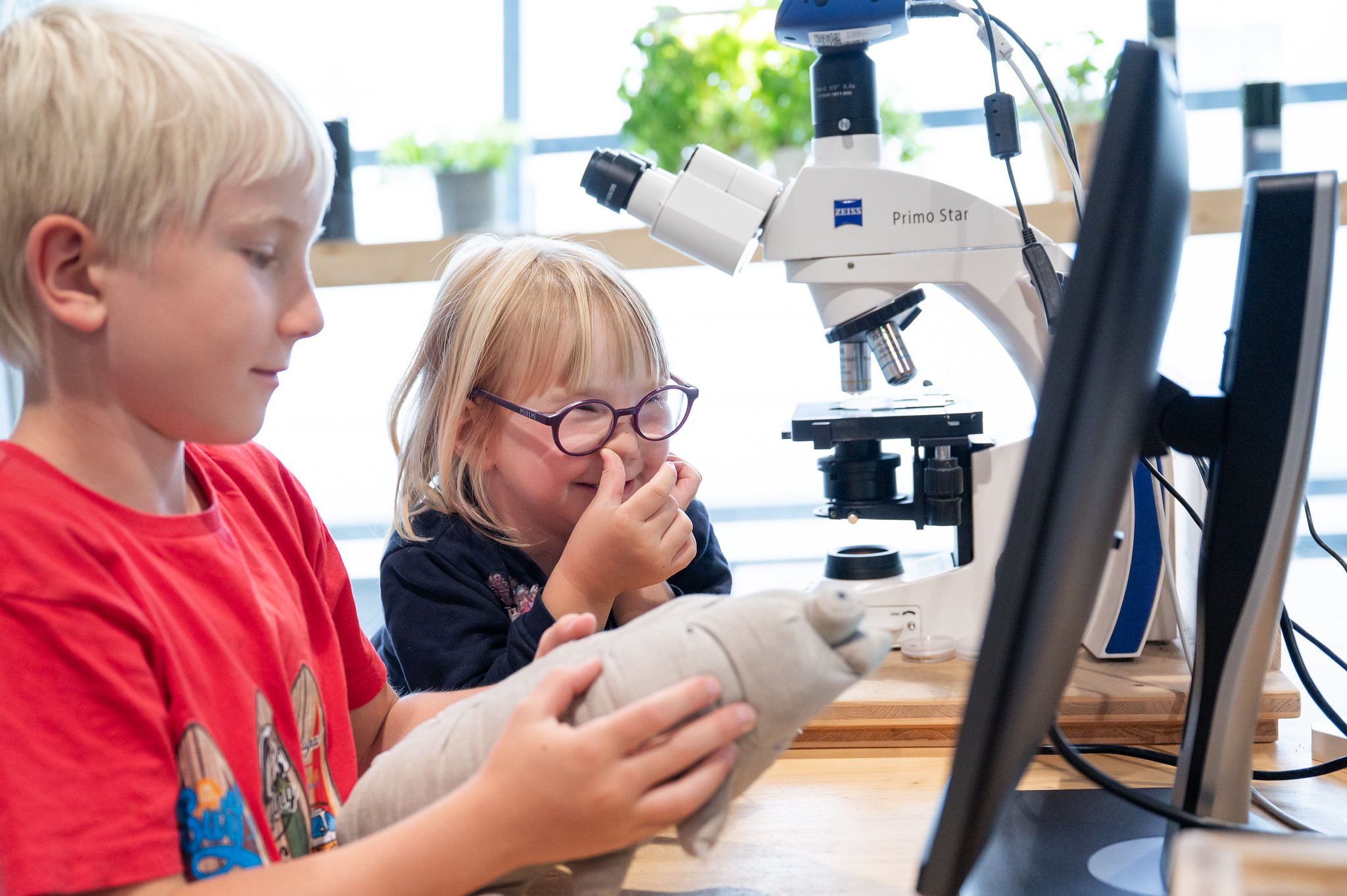
Famo[u]os Creatures
All kinds of small creatures are cavorting in the moss and only become visible with the help of a microscope. This is where rotifers, ciliates and roundworms really feel at home. The tardigrade Tardi, that has already had so many enlightening adventures in the Ars Electronica Center, is also scurrying happily through the moss.


The World in Containers
What could be hidden in the containers? As researchers, have you always wanted to know more about the latest scientific findings and the new technologies of the 21st century? Exciting stories and tasks about the important topics of our time await you here. Find out for yourself how things are connected and make up your own mind.


Recommendation: The kids’ research laboratory is perfect for visits with groups of elementary school age! More information in the school program.

Here is Tardi
TARDI, THE TARDIGRADE, is marvelling into a new world. There are many unexpected things: Mucki, the muscle cell, the puppet robot, the artificial intelligence and a very elegant worm. With its super powers Tardi makes it into space and finally ends up in soft moss. Along the way, Tardi tells us about algorithms, cryptobiosis, neural networks and the ‘Open Worm Project’ – an exciting voyage of discovery!
The children’s book is available in German language at the ticket office in the Ars Electronica Center during the museum’s opening hours or can be ordered by e-mail: center@ars.electronica.art
Price: € 16,00 (plus shipping)
The projects Trax Table and Non-visual Art are co-funded by the European Commission’s DG CONNECT, in the framework of the Horizon 2020 programme of the European Union under the S+T+ARTS programme’s Regional STARTS Centers.
The Kid’s Research Laboratory is supported by:

